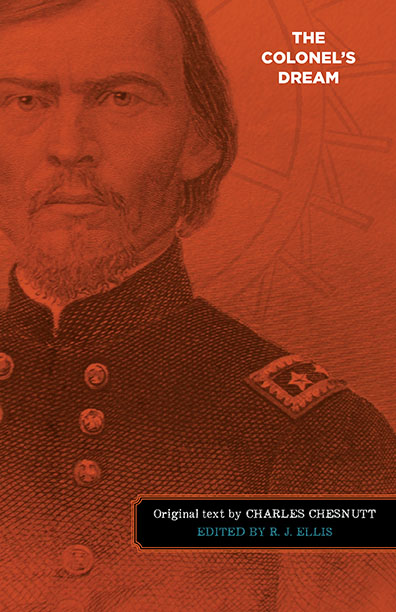The De(con)struction of Black/White Binaries: Critiques of Passing in Charles Waddell Chesnutt’s “The Wife of His Youth” and Other Stories of the Color Line
Callaloo
Volume 37, Number 3, Summer 2014
pages 676-691
DOI: 10.1353/cal.2014.0106
Tanfer Emin Tunç, Professor of American Culture and Literature
Hacettepe University, Ankara, Turkey
When asked to elaborate on the “Negro Problem,” or the co-existence of racial inequality and democracy in the United States at the beginning of the twentieth century, African American historian W. E. B. Du Bois conveyed that the “’Negro problem’ of the twentieth century is the problem of the color line.” Kelly Miller, his contemporary and fellow National Association for the Advancement of Colored People activist, proposed a radical solution to this American dilemma: the “Negro must get along, get white, or get out” (qtd. in Brown 275). Thus the official word that African Americans received from the NAACP, arguably the most influential civil rights organization of the early-twentieth century, was that the color line, or the divide along racial lines (usually black and white), would dominate the lives of African Americans for the next hundred years. Moreover, only three solutions existed: “get along” (accommodate); “get white” (assimilate); or “get out” (leave the United States), which many individuals, including artists such as Josephine Baker, eventually did. Miller’s second solution to the Negro problem—”get white”—caused the greatest controversy within the black intellectual community for obvious reasons. Many activists, including Marcus Garvey and his supporters, believed that the future of African Americans lay not in their ability to disappear into the white race, but in their blackness—that is, their ability to resist “miscegenation” and the dominant racial hegemony of the United States.
The battle that emerged along the color line during the turn of the twentieth century was chronicled in American literature, specifically through the works of writer Charles Waddell Chesnutt who devoted his entire career to the “Negro problem” (See Wright and Glass). Born in Cleveland, Ohio, in 1858, but raised in Fayetteville, North Carolina, Euro-American in appearance but of African American heritage, Chesnutt straddled multiple worlds: North, South, black, and white. Early on in his life, he developed a double consciousness which shaped his career as a fiction writer, essayist, pedagogue, political commentator, lawyer, and legal stenographer at a time when African Americans could not even serve on juries or testify on their own behalf. This double consciousness also influenced his personal life, which he spent in the interstices of the black and white worlds (Ferguson, Introduction 2–3). Chesnutt maintained that because of the intractable racism of American society, the solution to the “Negro problem” lay not in one of Miller’s three solutions, but in the hands of middle class, educated, progressive “color line” blacks such as himself—individuals who transcended categorization by straddling the racial and cultural divide, especially between urban whites and rural blacks (Ferguson, Introduction 5; Ferguson, “Chesnutt’s Genuine Blacks” 113). Moreover, “Chesnutt’s recognition of, and emphasis on, these interstices, the in-between-ness of race, disturb[ed] turn-of-the-century race science; they exposed the color line as flexible and mutable, a barrier with real social consequences, but nevertheless a biological fiction” (Toth 77).
In essays such as “What Is a White Man?” and “The Future American,” Chesnutt describes race as “a modern invention of white people to perpetuate the color line.” He believed that racial fusion or “amalgamation” would eventually (when racist legal restrictions on interracial marriage were revoked) bring an end to race as a category of identity by creating a mestizo, all-inclusive, “future American ethnic type” who defied boundaries: “there would be no inferior race to domineer over; there would be no superior race to oppress those who differed from them in racial externals” (qtd. in McElrath, Leitz, and Crisler 125, 232). Because, as he argued, whiteness was a cultural fiction (“black and Indian blood” already flowed in the veins of many Southern whites), Chesnutt’s utopic vision of American race relations, and plan for the elimination of prejudice and “racial discord,” hinged not on peoples of color assimilating into the dominant white race, which he believed was already “impure,” but in the flexibility and adaptability of hybridity (McElrath, Leitz, and Crisler 125, 232; Fleischmann 466). For Chesnutt, the “future American” would be an “admixture” of races, ethnicities, and consciousnesses.
Although Chesnutt was proud of his black heritage, he understood why some individuals who lived along the color line perceived…
